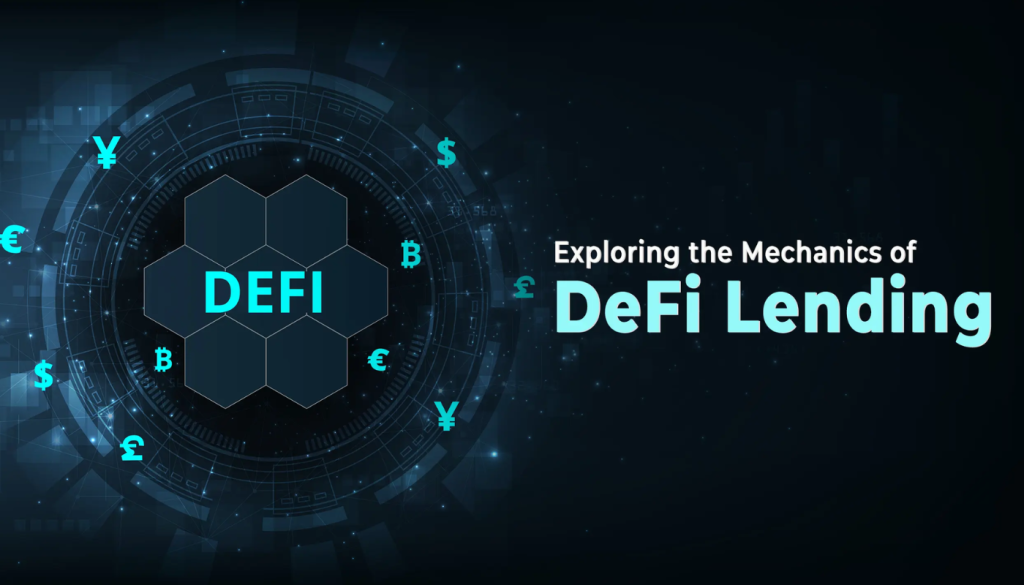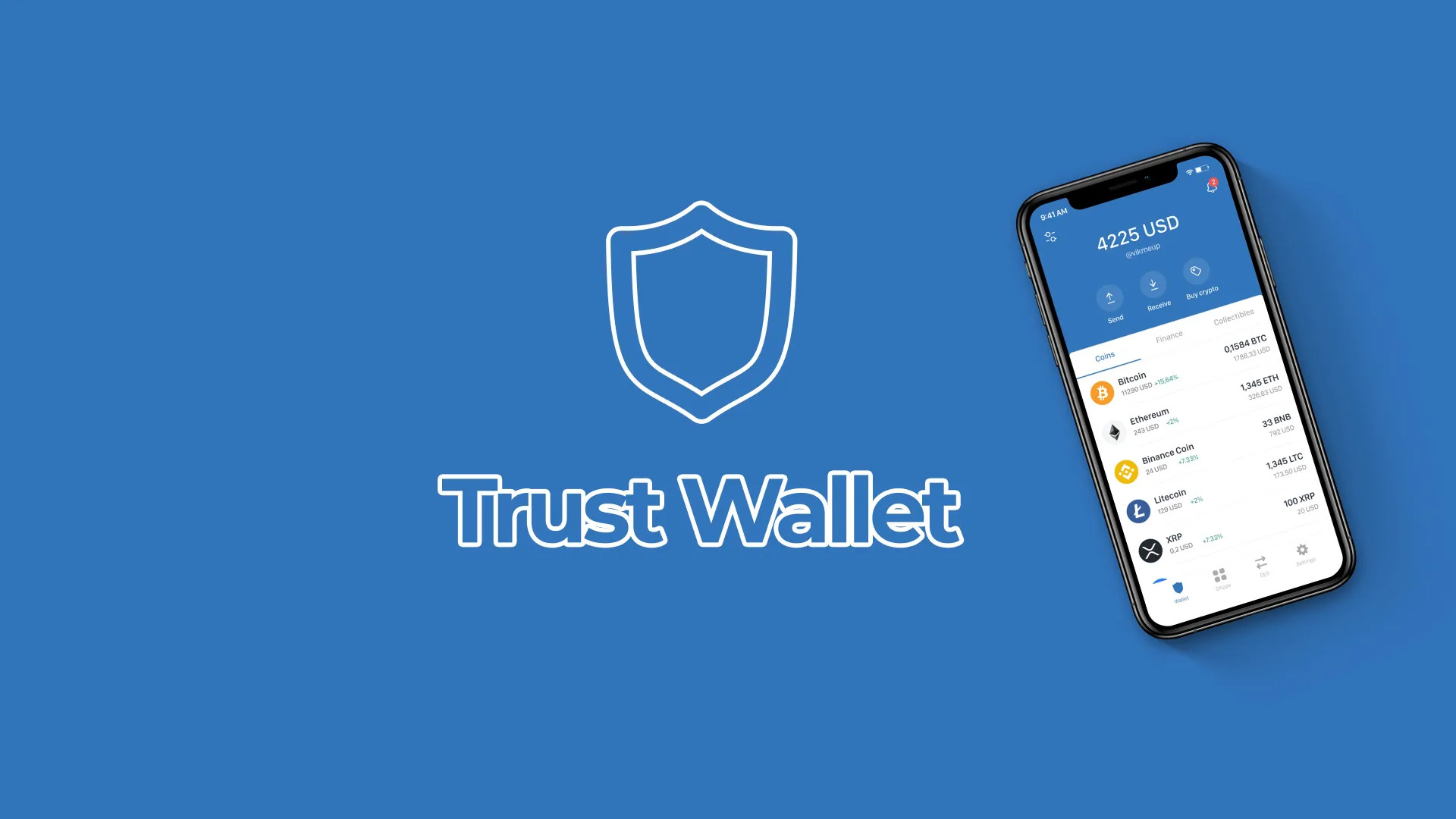When Alex, a part-time freelancer, discovered decentralized finance (DeFi) lending, he had no idea it would transform his financial future. Starting with just $1,500, he grew his investment to $40,000 in two years by lending crypto on DeFi platforms. This article tells Alex’s story, breaking down how he succeeded and sharing practical lessons for beginners. If you’re curious about earning passive income through DeFi lending, this guide will show you how to start, avoid pitfalls, and build wealth the smart way.
What Is DeFi Lending? A Beginner’s Guide
DeFi lending is like being your own bank. Instead of depositing money in a traditional bank for tiny interest, you lend your crypto assets on blockchain platforms to earn much higher returns. Borrowers use your funds for trading or other activities, and you collect interest, often paid in tokens or stablecoins.

Platforms like Aave and Compound make this possible by connecting lenders and borrowers through smart contracts. Alex was drawn to DeFi lending because it offered 5-20% annual returns—far better than his bank’s 0.5% savings account—and didn’t require a finance degree to get started.
Why DeFi Lending Appeals to Newcomers
DeFi lending is beginner-friendly because it’s passive and flexible. You can start with small amounts, withdraw anytime (on most platforms), and choose low-risk assets like stablecoins. For Alex, it was a way to make his savings work harder without constant monitoring.
Alex’s DeFi Lending Journey: From $1,500 to $40,000
Alex’s success didn’t happen by chance. It came from careful choices, learning from mistakes, and adapting to the DeFi landscape. Here’s how he turned a modest sum into a significant nest egg.
Step 1: Getting Started with a Wallet
Alex kicked off by installing Trust Wallet, a simple crypto wallet for DeFi. He set it up, backed up his recovery phrase, and bought $1,500 worth of USDC—a stablecoin tied to the dollar—on Binance. Transferring USDC to his wallet was his first step into DeFi, and he triple-checked addresses to avoid losing funds.

Step 2: Choosing a Lending Platform
After researching, Alex chose Aave for its strong reputation and user-friendly interface. He also explored Compound and Maker, but Aave’s audited contracts and high stablecoin APYs (around 8%) won him over. He avoided newer platforms with unproven security to protect his investment.
Step 3: Lending His Assets
Using Aave, Alex deposited his $1,500 in USDC into a lending pool. The process was straightforward: connect wallet, select USDC, and deposit. In return, he received aTokens (like aUSDC), which grew in value as interest accrued. Within a month, he was earning $10 in interest—small, but a promising start.
Step 4: Scaling Up
After six months, Alex’s $1,500 grew to $1,650. Encouraged, he added $2,000 more and diversified into DAI and ETH pools on Compound. By reinvesting interest and exploring new platforms, his portfolio hit $10,000 in a year and $40,000 after two years.
Practical Lessons from Alex’s Success
Alex’s journey offers actionable lessons for anyone looking to succeed in DeFi lending. These strategies helped him maximize returns while staying safe.
Reinvest for Compound Growth
Alex didn’t withdraw his interest. Instead, he reinvested it into Aave and Compound pools, letting his earnings generate more earnings. This compounding turned his initial $1,500 into a much larger sum over time, proving the power of patience.

Stick to Stablecoins for Stability
To avoid crypto price swings, Alex focused on stablecoins like USDC and DAI. These assets maintained steady value, ensuring his interest wasn’t eroded by market volatility. He only ventured into ETH lending after gaining confidence and researching market trends.
Diversify Across Platforms
Alex spread his funds across Aave, Compound, and Maker to reduce risk. If one platform faced issues, his other investments remained safe. He used DeFiLlama to compare APYs and moved funds to pools with better rates, always factoring in gas fees.
Navigating Risks: What Alex Learned
DeFi lending isn’t risk-free. Alex faced challenges that taught him how to protect his money and make smarter choices.
Smart Contract Vulnerabilities
Early on, Alex tried a small, unaudited platform and lost $100 to a bug. After that, he stuck to well-audited platforms like Aave and checked audit reports on sites like Trail of Bits. This kept his main investments secure.
Gas Fee Surprises
Ethereum’s high transaction fees caught Alex off guard. To save money, he began using Polygon-based platforms like Aave’s Polygon market, where fees were under $0.10. This let him lend more frequently without losing profits to costs.
Liquidity Risks
Some pools had low liquidity, making withdrawals tricky during market stress. Alex learned to check pool sizes on platforms and avoided those with less than $10 million in total value locked (TVL) to ensure easy access to his funds.
Taking It Further: Alex’s Advanced Moves
As Alex grew confident, he explored advanced strategies to boost his returns. He joined DeFi communities on Twitter and Telegram, where he learned about new lending opportunities. He also experimented with Maker’s DAI savings rate, earning steady interest by locking DAI in a vault.

Alex used tools like Zerion to track his lending portfolio across platforms, optimizing for the highest APYs. He even earned governance tokens like AAVE, which he staked for extra income while participating in platform votes.
Your Path to DeFi Lending Success
Alex’s story proves that DeFi lending can be a game-changer, even for beginners. Start with a trusted platform, focus on stablecoins, and reinvest your interest to grow your wealth. Stay cautious—choose audited protocols, diversify, and monitor fees. With time and learning, your small investment could become a significant asset, just like Alex’s.
Ready to lend in DeFi? Grab a wallet, explore Aave or Compound, and begin your journey. The potential for passive income is at your fingertips.






















